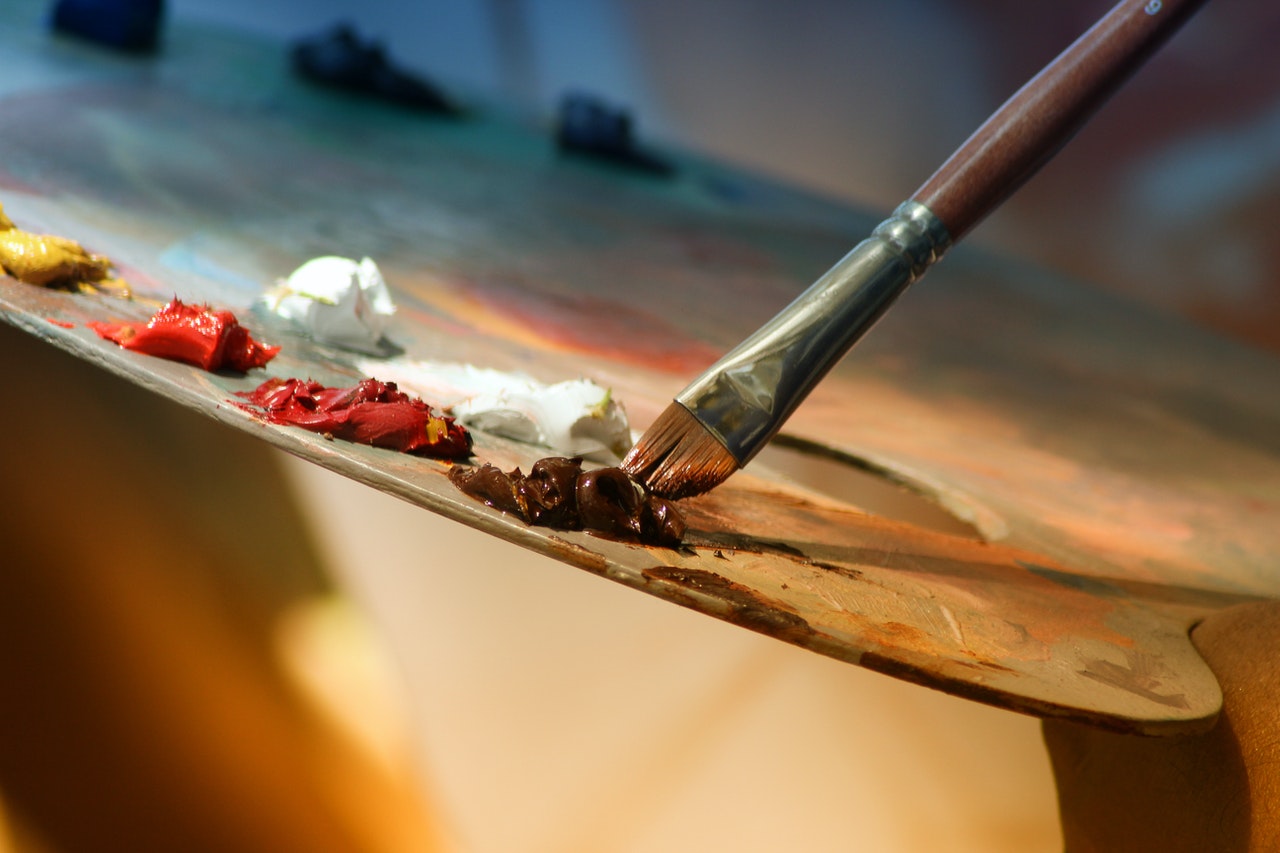- Stay organized in order to work with focus and intention by creating a system for quickly finding your tools.
- Practice every day, even if it’s for only 15 minutes, and set achievable goals.
- Focus practice sessions on specific techniques and track progress to stay motivated.
- Take breaks when needed and find inspiration from other artists.
Every artist knows that professional development takes much more than raw talent. You need dedication, hard work, and healthy habits that can help you grow as an artist. However, developing healthy habits is often easier said than done. It takes discipline, persistence, and a bit of guidance from experts. Here are tips that can help you improve your craft and achieve your goals.
Stay Organized:
As an artist, it’s essential to stay organized. You don’t want to waste hours trying to find your favorite brushes or tools.
An organized workspace will allow you to work with focus and intention. Therefore, organize your tools in a way that makes sense to you.
Create a system that will help you quickly find what you need. Use labels, drawers, and boxes to keep everything in its place.

Practice Every Day:
To improve your skills, you need to practice every day. Even if you only have 15 minutes a day, use that time to work on your craft. Consistency is key. Here are some ways you can optimize your sessions:
Set Realistic Goals:
Setting goals is essential for growth as an artist, but they have to be realistic. Don’t set yourself up for failure by aiming too high. Break down your goals into smaller, more achievable steps.
Celebrate each accomplishment, no matter how small. Pat yourself on the back and use that positive energy to fuel your continued growth.
Work on Specific Techniques:
Focus your practice sessions on specific techniques rather than simply working on random projects. Choose one method to work on for a month, and devote that time to perfecting it.
Alternate between different techniques so that you don’t get bored or stuck in a rut. This will also help prevent burnout and keep your motivation levels high.
Monitor Progress:
Tracking your progress is vital for staying motivated and assessing how far you’ve come. Compare your current work with previous projects to see your progress. Celebrate any small victories, no matter how insignificant they may seem.
Take Breaks:
It’s easy to fall into the trap of working on your art for hours on end. While it’s great to be passionate about your work, you need to take breaks to stay fresh and avoid burnout.
Make sure to schedule breaks into your workday. Take a walk, read a book, or do something else that refreshes your mind. When you return to your art, you’ll be more focused and productive.
If possible, take a few days off when you feel overwhelmed. You’ll come back to your art with a fresh perspective and more creative ideas.

Seek Inspiration:
Every artist needs inspiration. Surround yourself with things that inspire you, such as art books, music, or nature. You can also seek out the work of other artists, both online and offline. Here are some types of art styles you can try:
Watercolor Art:
Watercolor art is a type of painting that involves the use of luminous pigments to create dynamic, unique visual effects. Look for a creative watercolor artist who can teach you the basics and provide some guidance.
It’s a perfect choice for artists who want a medium that allows them to explore their artistic vision with ease. With its transparent and expressive qualities, watercolor art is ideal for creating delicate washes and subtle gradations.
Abstract Art:
Abstract art is a style that focuses on creating works without any representational aspects. Its goal is to express feelings, emotions, and ideas through bold colors, shapes, and textures.
It’s an excellent choice for artists who are looking to explore their creativity and develop their own unique visual language. Abstract art allows you to tap into your subconscious and create something that is truly unique.
Oil Painting:
Oil painting is a type of painting that involves the use of pigments suspended in drying oils like linseed oil or poppy seed oil. It’s a popular choice for artists who want to experiment with colors and textures.
This medium allows you to create vivid, vibrant works that are full of depth and texture. With its long-lasting quality, it’s the perfect choice for creating timeless works of art.
Developing healthy habits takes time and effort, but the rewards are significant. By staying organized, practicing every day, taking breaks, seeking inspiration, and setting realistic goals, you can achieve great things as an artist. Remember, growth is a process, and there will be setbacks and challenges along the way. Be patient, stay positive, and keep working towards your goals.




